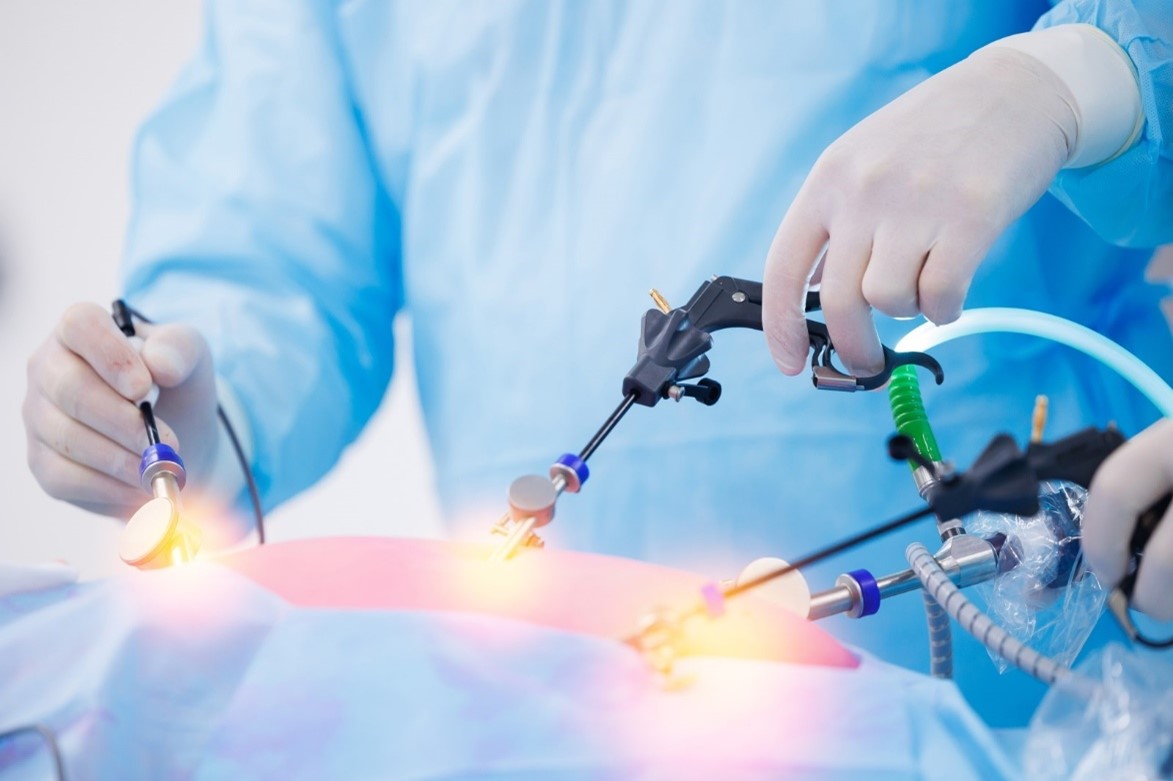Is a laparoscopic hysterectomy the right choice for your condition?
If you are dealing with fibroid tumours, abnormal uterine growths, or more serious conditions like endometriosis or cancer, a laparoscopic hysterectomy could be the ideal solution for you. This minimally invasive surgical option is becoming increasingly popular among women, providing a less daunting alternative to traditional open hysterectomy.
The thought of undergoing surgery can be overwhelming, but laparoscopic hysterectomy is one of the safest and most effective treatments for various gynecological health issues. It requires fewer incisions than open surgery and typically leads to a quicker recovery. Let’s delve into what you need to know about laparoscopic hysterectomy, covering everything from the procedure itself to the costs involved.
What Is A Laparoscopic Hysterectomy?
A laparoscopic hysterectomy is a surgical procedure that removes the uterus (and occasionally the cervix and fallopian tubes) through multiple small incisions in the abdomen. Classified as a minimally invasive technique, it is performed as an outpatient procedure, often requiring only a brief hospital stay.
How Is A Laparoscopic Hysterectomy Carried Out?
Typically, Laproscopic Hysterecomy takes about one to two hours. The procedure starts with a small incision just above the pubic bone. A laparoscope, a thin tube attached with a light and camera, is inserted to provide a clear view of the internal organs. The surgeon will then make two or three additional small incisions in the abdomen to introduce instruments for removing the uterus.
What are the advantages of a laparoscopic hysterectomy?
One of the key benefits of a laparoscopic hysterectomy is the shorter recovery time. The smaller incisions generally cause less trauma and discomfort, leading to a faster healing process. Patients commonly report reduced pain, a lower likelihood of infection, and minimal scarring. Furthermore, the laparoscope enhances the surgeon's visibility of the internal organs, thereby decreasing the risk of complications.
It is essential to note that a laparoscopic hysterectomy isn't the only option for removing the uterus. Other alternatives include total laparoscopic hysterectomy and bilateral salpingectomy, as well as the conventional open hysterectomy. Make sure to consult your healthcare provider to discuss the most suitable choice for you and the associated costs.
After laparoscopic surgery, recovery options include:
What Are The Recommended Recovery Options After Laparoscopic Surgery?
- Take time off work and avoid strenuous activities for a few weeks.
- Use prescribed or over-the-counter pain relievers.
- Keep incision sites clean and dry.
- Start with light activities and gradually increase.
- Eat a balanced diet to support healing.
- Attend scheduled follow-ups with your healthcare provider.
Laparoscopic hysterectomy can serve as an effective solution for various gynecological conditions. While there are some associated risks, the advantages frequently surpass them, particularly due to the shorter recovery time, which can provide considerable relief for many women.
Get expert, minimally invasive care at Aditya Hospitals with laparoscopic hysterectomy for faster recovery. Consult our specialists today for quick relief from gynecological issues.



